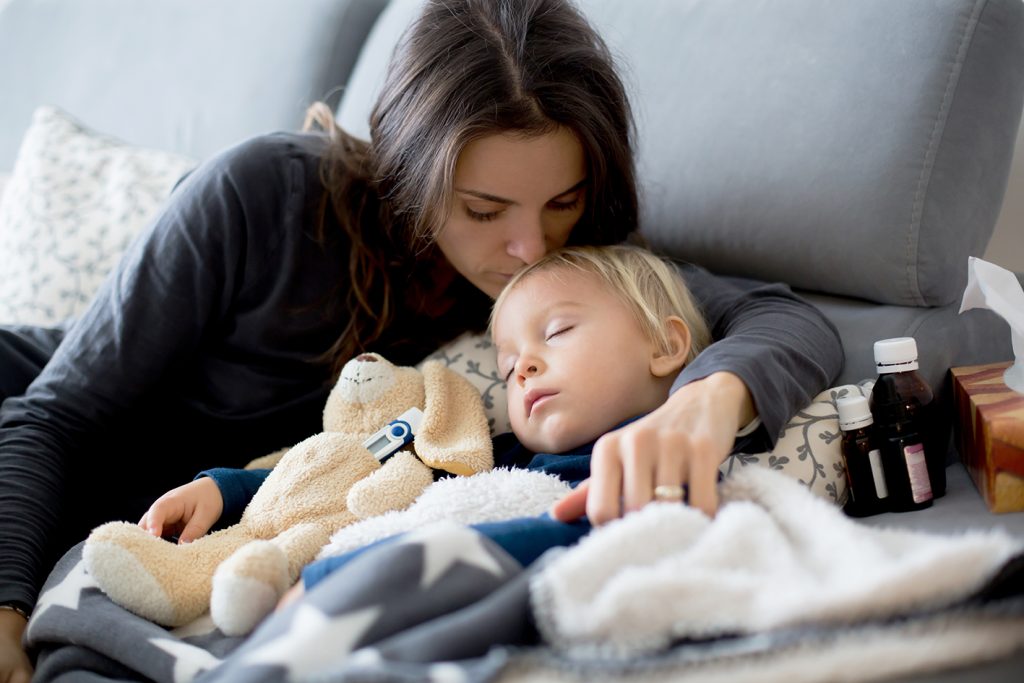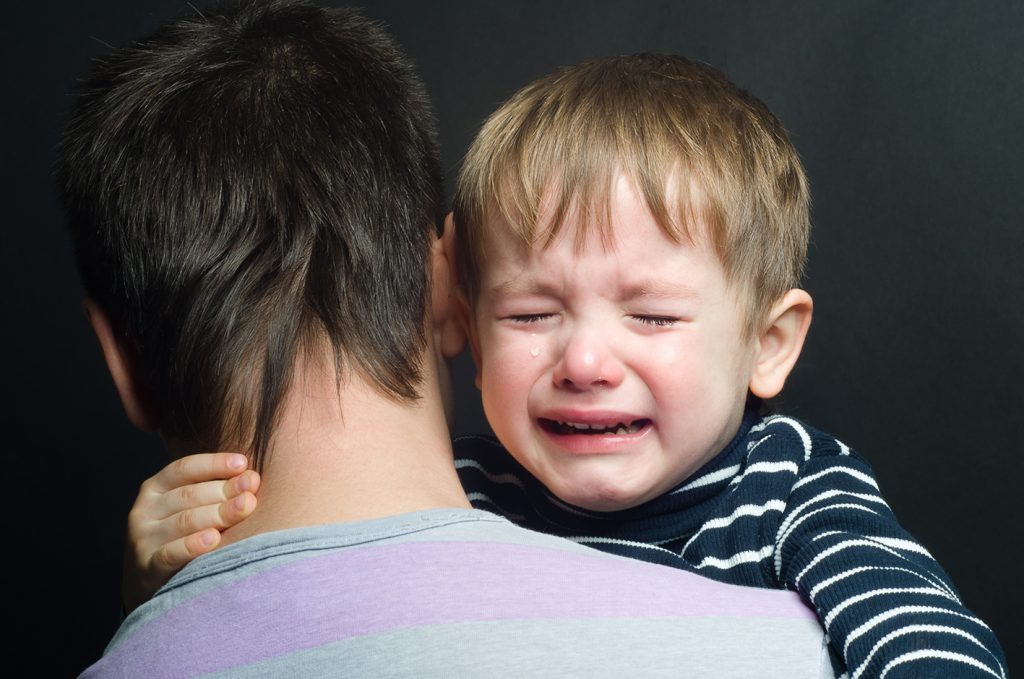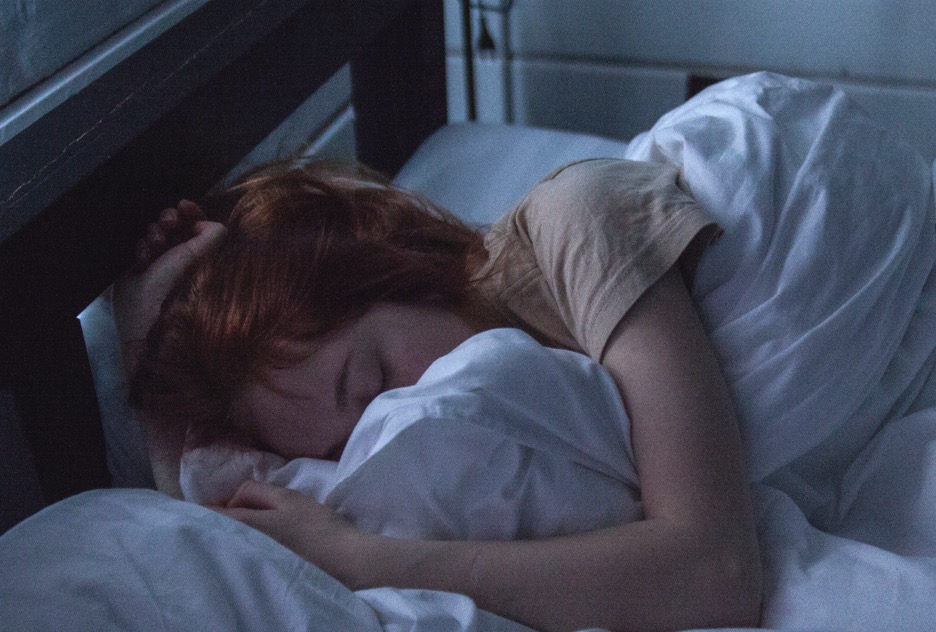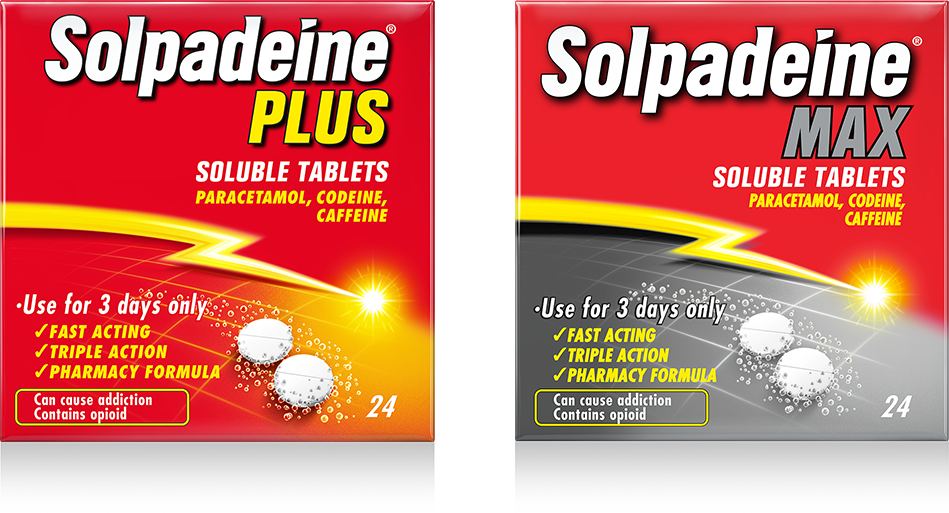What is earache?
Earache or ear pain is a common complaint in young children,
but it is something that adults can suffer from, too.1
Earache causes
Earache can be caused by lots of different issues, but often it’s hard to identify a specific reason. Most earaches in children are caused by an ear infection, which usually starts to improve after a few days, and they can also suffer from earache when they are teething.1
When it comes to earache in adults, it usually happens alongside a bout of cold and flu, or when you have a sore throat or tonsillitis.1

Earache types
Earache can be classed as infection-related, teething-related, a symptom of cold and flu, or something you may get when you have a sore throat or tonsillitis.1
Earache symptoms
If you’re an adult then you’ll know if you’ve got earache or not, but in young children, especially before they are able to talk and let you know what’s wrong, it can be harder to spot.
A key sign of earache in a child is if they keep rubbing or pulling their ear, and they don’t react to noises around them. Being irritable and having a loss of appetite can also be a sign that they are experiencing ear pain.1

Earache pain relief
How can I treat earache at home?
An easy way to relieve ear pain at home is by gently holding (not pressing) a warm or cold flannel over the ear.1 Never use a cotton bud inside the ear canal to clean out earwax as this stimulates the wax secreting glands to make more wax as well as increasing the risk of infection or perforation of the eardrum. A simple rule of thumb is that nothing smaller than your elbow should go into your ear.2
Pain relief for earache
Although earache can be painful, it isn’t usually a sign of anything serious, but you should see your GP if the ear pain persists.1 Adults and children over 12 years of age can try Solpadeine Plus or Solpadeine Max for earache pain relief, and your pharmacist will be able to give you other advice on how to care for your ears at home.

Treat my pain
The Solpadeine range of clinically proven dual and triple action painkillers deliver pain relief when you need it most

References:
1. NHS: Earache. Available at: https://www.nhs.uk/conditions/earache/ Accessed July 2021.
2. NHS Merepark Medical Centre: Earwax. Available at: https://www.merepark.nhs.uk/self-care/category/self-care-and-pharmacy/ Accessed July 2021.
Solpadeine® Max Soluble Tablets, Paracetamol 500mg, Codeine Phosphate Hemihydrate 12.8mg, Caffeine 30mg For the treatment of acute moderate pain which is not relieved by paracetamol or ibuprofen alone. Contains codeine. Can cause addiction. Use for 3 days only. Always read the leaflet.
Solpadeine® Headache Soluble Tablets contain Paracetamol and Caffeine – a mild analgesic and antipyretic formulated to give extra pain relief. Always read the leaflet.
Solpadeine® Plus, Solpadeine® Max and Solpadeine® Headache products are not recommended for children under 12 years of age.
SolpaOne® 1000mg Effervescent Tablets contains paracetamol. For the treatment of mild to moderate pain and/or fever. For adults and adolescents over 50kg of body weight aged 16 years and above. Always read the leaflet.

